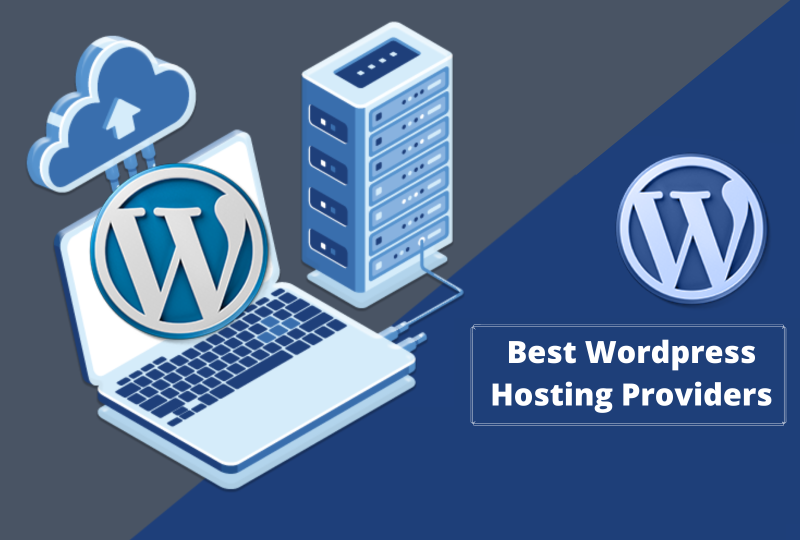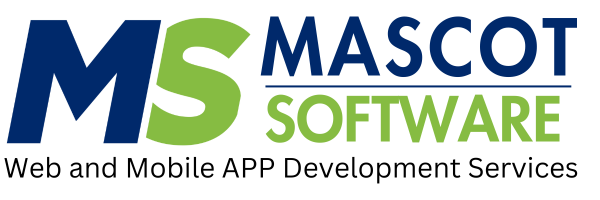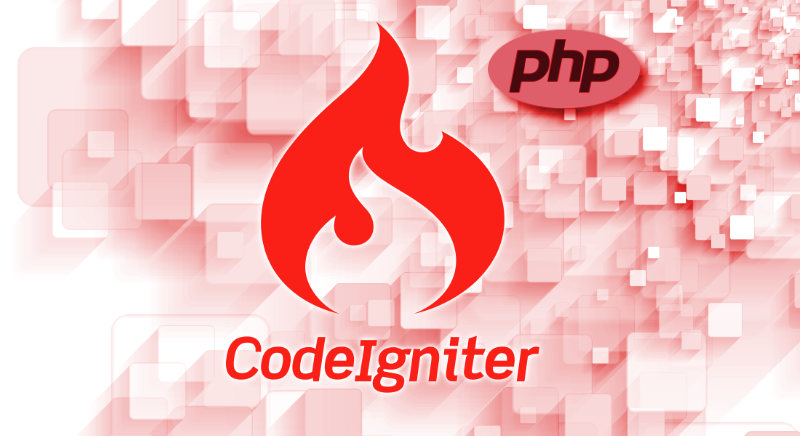
WordPress has revolutionized the way individuals and businesses create and manage their online presence. As a powerful and user-friendly Content Management System (CMS), WordPress empowers users with minimal technical expertise to build stunning websites, blogs, and online stores. This guide will serve as your comprehensive roadmap to the world of WordPress, covering everything from installation and setup to customization and beyond.
1. Installation and Setup
- Choosing the Right Hosting: Select a reliable web hosting provider that offers WordPress-specific hosting solutions.
- Installing WordPress: Learn the simple steps to install WordPress on your chosen hosting platform. Most hosting providers offer one-click installation options.
- Setting Up Your WordPress Dashboard: Familiarize yourself with the WordPress dashboard, the central hub for managing your website.
2. Choosing a Theme
- Understanding WordPress Themes: Explore the vast library of free and premium WordPress themes.
- Key Factors to Consider: Evaluate themes based on design, responsiveness (mobile-friendliness), customization options, and performance.
- Installing and Activating a Theme: Learn how to install and activate a chosen theme on your WordPress site.
3. Essential Plugins
- The Power of WordPress Plugins: Discover how plugins extend the functionality of your WordPress site.
- Must-Have Plugins: Explore essential plugins for SEO, security, contact forms, backups, and more.
- Installing and Configuring Plugins: Learn how to install, activate, and configure plugins within your WordPress dashboard.
4. Creating and Managing Content
- Writing and Formatting Posts: Learn how to create and format blog posts with text, images, videos, and other media.
- Creating Pages: Build static pages for your website, such as an "About Us" or "Contact" page.
- Managing Media Library: Upload and organize images and other media files within your WordPress media library.
5. Customization and Design
- Customizing Your Theme: Learn how to customize your theme's colors, fonts, and layout using the WordPress Customizer.
- Adding Widgets: Incorporate widgets to your sidebars and other areas of your website, such as recent posts, social media feeds, and more.
- Creating a Custom Menu: Build a navigation menu for your website to guide visitors easily.
6. Search Engine Optimization (SEO)
- WordPress SEO Basics: Learn fundamental SEO principles to improve your website's search engine rankings.
- Utilizing WordPress SEO Plugins: Leverage popular SEO plugins like Yoast SEO to optimize your website's content and technical aspects.
- Improving Page Speed: Optimize your website's loading speed for better user experience and improved search engine rankings.
7. Security and Maintenance
- Keeping WordPress Updated: Regularly update WordPress, themes, and plugins to ensure security and compatibility.
- Implementing Security Measures: Protect your website from hackers and malware attacks with security plugins and best practices.
- Performing Regular Backups: Create regular backups of your website to safeguard your content and prevent data loss.
Conclusion
WordPress provides an accessible and powerful platform for building a successful online presence. By following the guidance in this guide, you can harness the full potential of WordPress to create a beautiful, functional, and effective website that meets your unique needs and goals.
WordPress has revolutionized the way individuals and businesses create and manage their online presence. As a powerful and user-friendly Content Management System (CMS), WordPress empowers users with minimal technical expertise to build stunning websites, blogs, and online stores. This guide will serve as your comprehensive roadmap to the world of WordPress, covering everything from installation and setup to customization and beyond.
1. Installation and Setup
- Choosing the Right Hosting: Select a reliable web hosting provider that offers WordPress-specific hosting solutions.
- Installing WordPress: Learn the simple steps to install WordPress on your chosen hosting platform. Most hosting providers offer one-click installation options.
- Setting Up Your WordPress Dashboard: Familiarize yourself with the WordPress dashboard, the central hub for managing your website.
2. Choosing a Theme
- Understanding WordPress Themes: Explore the vast library of free and premium WordPress themes.
- Key Factors to Consider: Evaluate themes based on design, responsiveness (mobile-friendliness), customization options, and performance.
- Installing and Activating a Theme: Learn how to install and activate a chosen theme on your WordPress site.
3. Essential Plugins
- The Power of WordPress Plugins: Discover how plugins extend the functionality of your WordPress site.
- Must-Have Plugins: Explore essential plugins for SEO, security, contact forms, backups, and more.
- Installing and Configuring Plugins: Learn how to install, activate, and configure plugins within your WordPress dashboard.
4. Creating and Managing Content
- Writing and Formatting Posts: Learn how to create and format blog posts with text, images, videos, and other media.
- Creating Pages: Build static pages for your website, such as an "About Us" or "Contact" page.
- Managing Media Library: Upload and organize images and other media files within your WordPress media library.
5. Customization and Design
- Customizing Your Theme: Learn how to customize your theme's colors, fonts, and layout using the WordPress Customizer.
- Adding Widgets: Incorporate widgets to your sidebars and other areas of your website, such as recent posts, social media feeds, and more.
- Creating a Custom Menu: Build a navigation menu for your website to guide visitors easily.
6. Search Engine Optimization (SEO)
- WordPress SEO Basics: Learn fundamental SEO principles to improve your website's search engine rankings.
- Utilizing WordPress SEO Plugins: Leverage popular SEO plugins like Yoast SEO to optimize your website's content and technical aspects.
- Improving Page Speed: Optimize your website's loading speed for better user experience and improved search engine rankings.
7. Security and Maintenance
- Keeping WordPress Updated: Regularly update WordPress, themes, and plugins to ensure security and compatibility.
- Implementing Security Measures: Protect your website from hackers and malware attacks with security plugins and best practices.
- Performing Regular Backups: Create regular backups of your website to safeguard your content and prevent data loss.
Conclusion
WordPress provides an accessible and powerful platform for building a successful online presence. By following the guidance in this guide, you can harness the full potential of WordPress to create a beautiful, functional, and effective website that meets your unique needs and goals.





